*Disclaimer…I am not a professional plumber or licensed in any way. If you blow yourself up doing this…it’s not my fault! If you are not confident in your ability to do this yourself…don’t do it yourself and pay someone with the skills to do it safely.
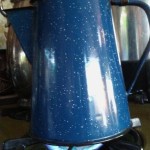
I have an old RV that I have parked at Tiger Mountain and am not able to get it to a location to refill the LP tank so that I can use the appliances inside. I decided the best way to deal with this is to bypass the onboard tank so that I can use a standard gas grill tank.
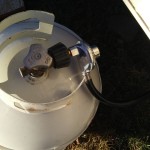
After not finding the answers to my questions after tons of YouTube videos and asking friends and family what to do…I went to talk to the local hardware store staff. Finally…I have the answer and was able to do the work myself! I figured I would share this with my followers so that maybe…just maybe what took me a few hurdles will be much more simple for you if you need the info.
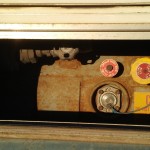
First things first! make sure your onboard tank is empty. Then, turn it off to make sure you are not cutting the pipe while there is gas in it. Some old tanks have a gauge so you can see if it is empty. Some don’t, so use your best judgement on how to be sure it is empty.

I wasn’t sure if my gauge was accurate, so I just used it up until it was obvious that it was empty and then left it “on” with all windows open in the RV for a few minutes after I made my last pot of coffee to be sure the lines were empty.
Once I was sure the lines were empty, I turned the valve to “Closed” and used a pipe cutter
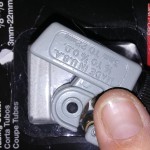
to take a small section of the pipe out so I could use it as a guide when I went to the hardware store to find the parts needed.

When working with gas lines, you will need a compression connector that can attach to a thread-less copper tube. Because my RV is a 1977, it has an older copper tubing that is no longer available at most hardware stores. I was a bit worried that I wouldn’t find a 1/2″ fitting that would work and was prepared to have to make due with a retrofit of some type. Luckily for me, the thickness of the tubing is all that was really different. the advantage to using the compression connection is that it will fit the outside circumference and the inside will not make that big of a difference in the LP flow.
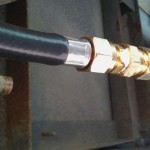
I also had to pick up a 1/2 to 3/8 flare valve so that I would have a place to thread the propane hose connector. Putting it all together was pretty easy to do. The biggest thing is make sure you tighten the fittings and check for leaks with a soap solution to be sure you are well connected.
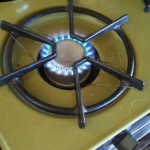
Advertisement…